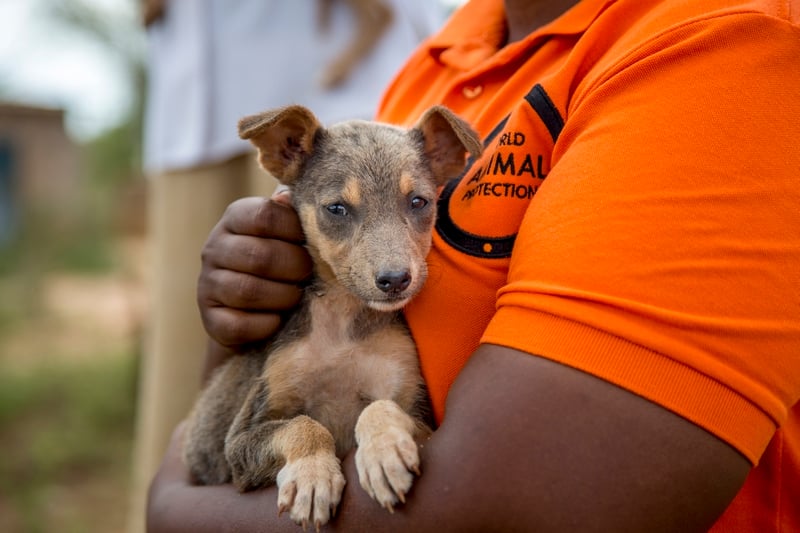The Wildlife Selfie Code
The Amazon rainforest is famous for its diverse wildlife. And the number of tourists who want to take selfies with its fascinating animals is rising fast.
Sadly, this has led to the exploitation of sloths, caimans, pink river dolphins, anacondas, and many more animals, who belong in the wild. With their gentle, slow nature, and facial markings that give the impression they’re always smiling, sloths have become one of the main targets for people looking to use them for profit.
Many people offering wildlife selfies in the Amazon search treetops for sloths to steal. These typically calm, gentle animals are snatched from their natural habitats, forced to live in noisy, chaotic environments, and repeatedly passed around from tourist to tourist.
Don’t be part of this ugly picture: make sure your wildlife selfies are cruelty-free.


Instagram’s amazing change
On December 4 2017, after 250,000 animal-lovers signed up to our Wildlife Selfie Code, Instagram launched a new ‘wildlife warning’ page.
When Instagram users search for hashtags like #koalaselfie, #elephantride and #slothselfie, a message pops up, informing them about the animal suffering behind the photos.
This incredible acknowledgement of wild animals’ suffering from Instagram happened because of our supporters. It’s proof we should never underestimate the power of our voices.
If you’re going on holiday, remember the Wildlife Selfie Code. Only take photos if you’re a safe distance from an animal, they can move freely, and they’re in their natural home.
